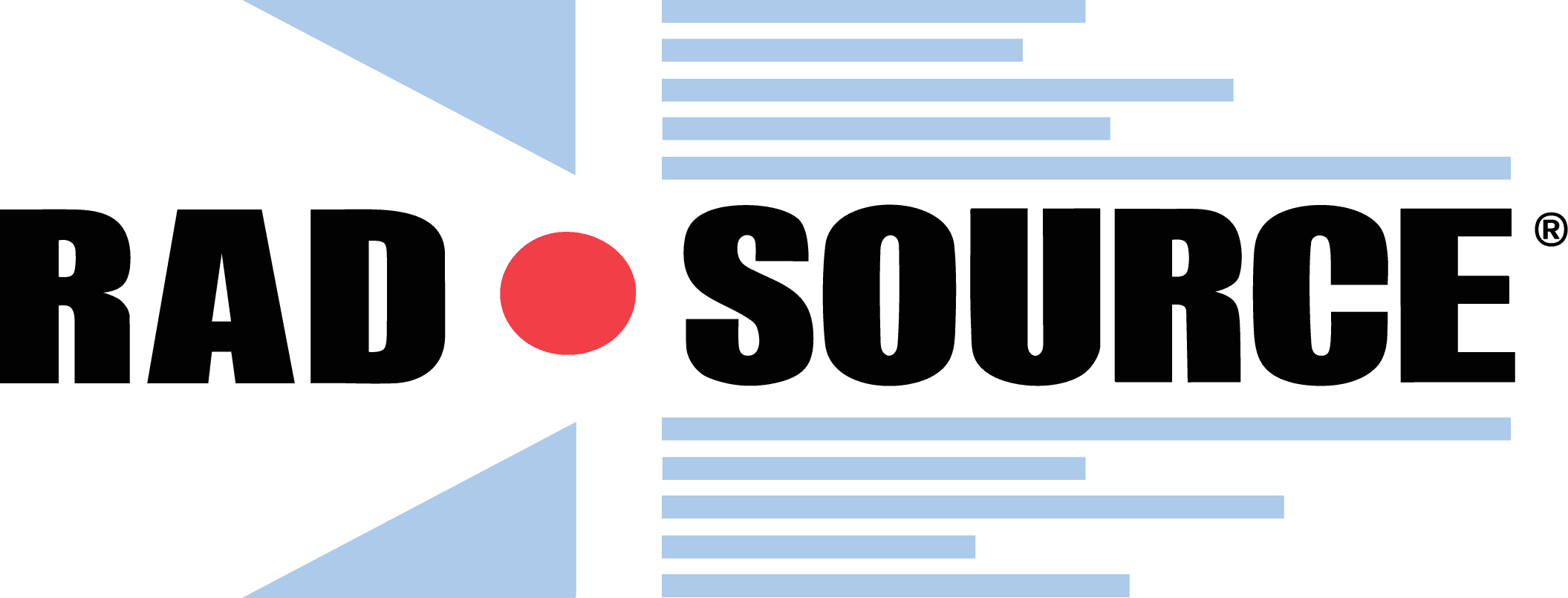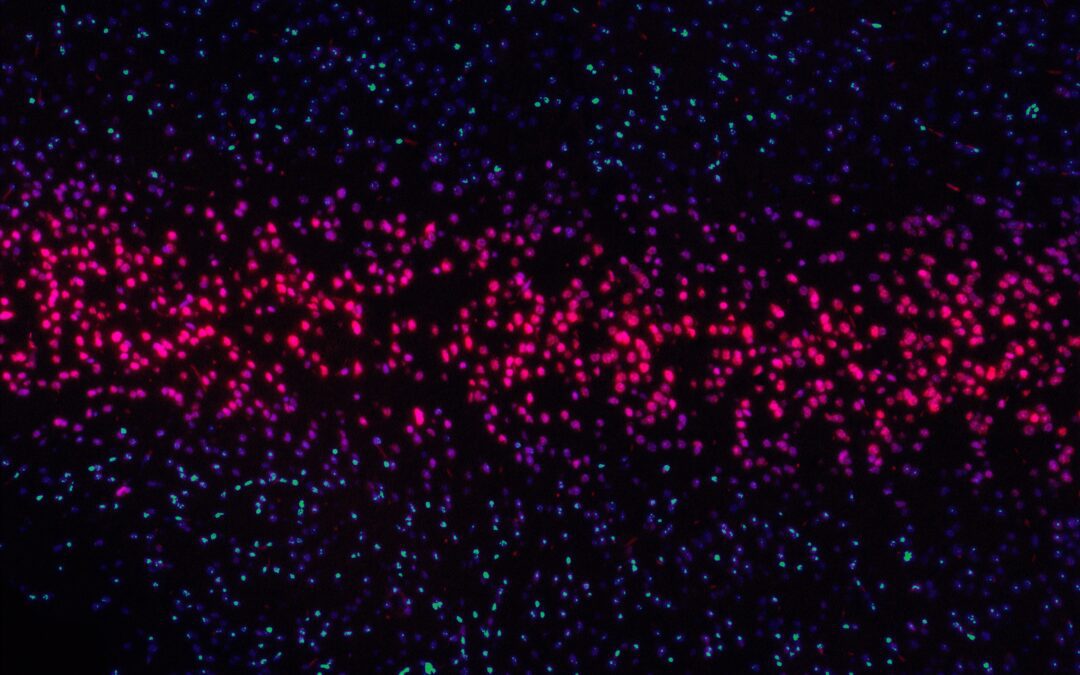Abstract:
Tumor vasculature is irregular, abnormal, and essential for tumor growth. Pericytes and endothelial precursor cells (EPC) contribute to the formation of blood vessels under angiogenic conditions. As primary cells in culture, pericytes and EPC share many properties such as tube/network formation and response to kinase inhibitors selective for angiogenic pathways. Expression of cell surface proteins including platelet-derived growth factor receptor, vascular cell adhesion molecule, intercellular adhesion molecule, CD105, desmin, and neural growth proteoglycan 2 was similar between pericytes and EPC, whereas expression of P1H12 and lymphocyte function-associated antigen-1 clearly differentiates the cell types. Further distinction was observed in the molecular profiles for expression of angiogenic genes. Pericytes or EPC enhanced the invasion of MDA-MB-231 breast cancer cells in a coculture assay system. The s.c. coinjection of live pericytes or EPC along with MDA-MB-231 cells resulted in an increased rate of tumor growth compared with coinjection of irradiated pericytes or EPC. Microvessel density analysis indicated there was no difference in MDA-MB-231 tumors with or without EPC or pericytes. However, immunohistochemical staining of vasculature suggested that EPC and pericytes may stabilize or normalize vasculature rather than initiate vasculogenesis. In addition, tumors arising from the coinjection of EPC and cancer cells were more likely to develop lymphatic vessels. These results support the notion that pericytes and EPC contribute to malignancy and that these cell types can be useful as cell-based models for tumor vascular development and selection of agents that may provide therapeutic benefit.
Citation:
Bagley, R.G., Weber, W., Rouleau, C., Teicher, B.A., 2005. Pericytes and Endothelial Precursor Cells: Cellular Interactions and Contributions to Malignancy. Cancer Res. 65, 9741-9750.
Website:
https://cancerres.aacrjournals.org/cgi/reprint/65/21/9741

